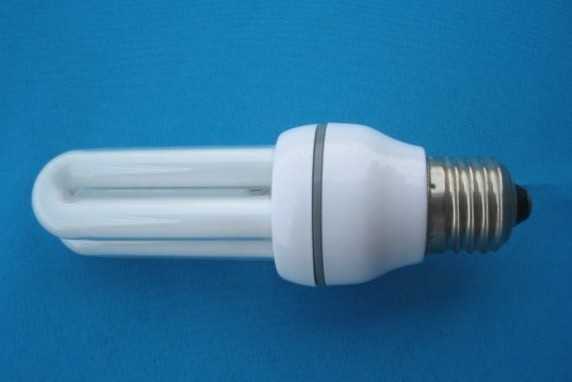In addition to water, air, and food supplies, human life has always affected people's daily life. It has always been a sunrise and a sunset. In the past, the lighting system only paid attention to quantity, but today it has gradually become sophisticated and energy-efficient. Due to the extensive use of lighting technology and lighting fixtures, the standard of living of people has generally risen, and the demand for lighting equipment has been increasing rapidly, and the meter in the home is also turning day and night. So energy-saving lamps appeared. The color characteristics of energy-saving lamps refer to the reduction characteristics of the light to the object, which has good color rendering ability, can make the color of the object closer to the sunlight under the light, and can best reflect the original characteristics of the object. The higher the color rendering degree, the higher the energy is. Present things as they are. This indicator is not qualified energy-saving lamps, easy to cause eye fatigue and other injuries to consumers. First, the lamp power fails Some companies increase the nominal power value (ie, rated power value) of low-power energy-saving lamps, thereby increasing the selling price. Second, the initial light efficiency failed The failure of this indicator will reduce the light efficiency of the energy-saving lamp, shorten its service life, and fail to achieve energy-saving and cost-saving effects. Third, the mechanical strength failed This test is for whether the lamp head part will be loose or fall off, and whether it will cause accidental electric shock accidents during installation or replacement. Lamps choose NVC Lighting 
Philips Lighting
Six major safety hazards for purchasing low-quality energy-saving lamps
1 2 Next> Total 2 Page
Page to page